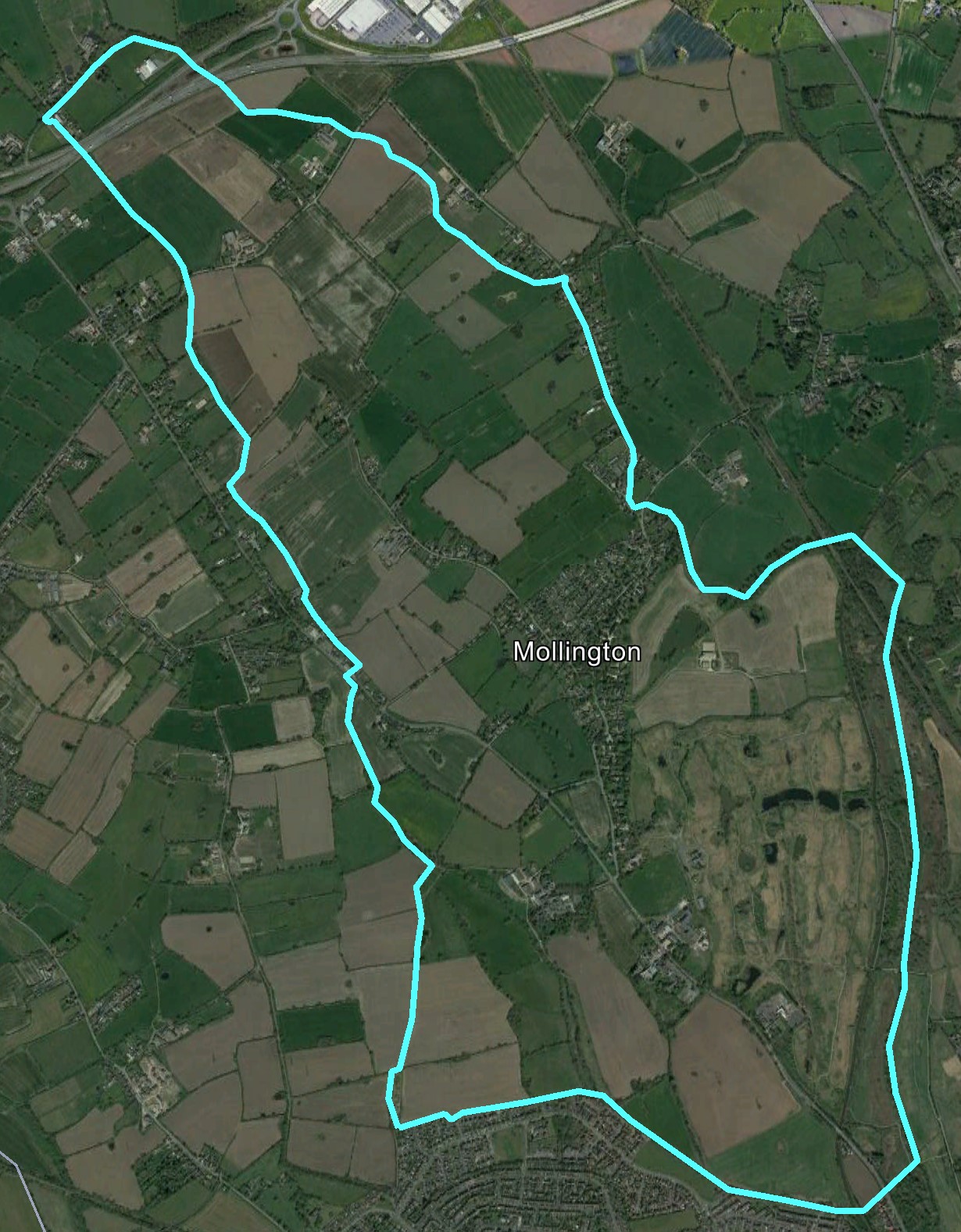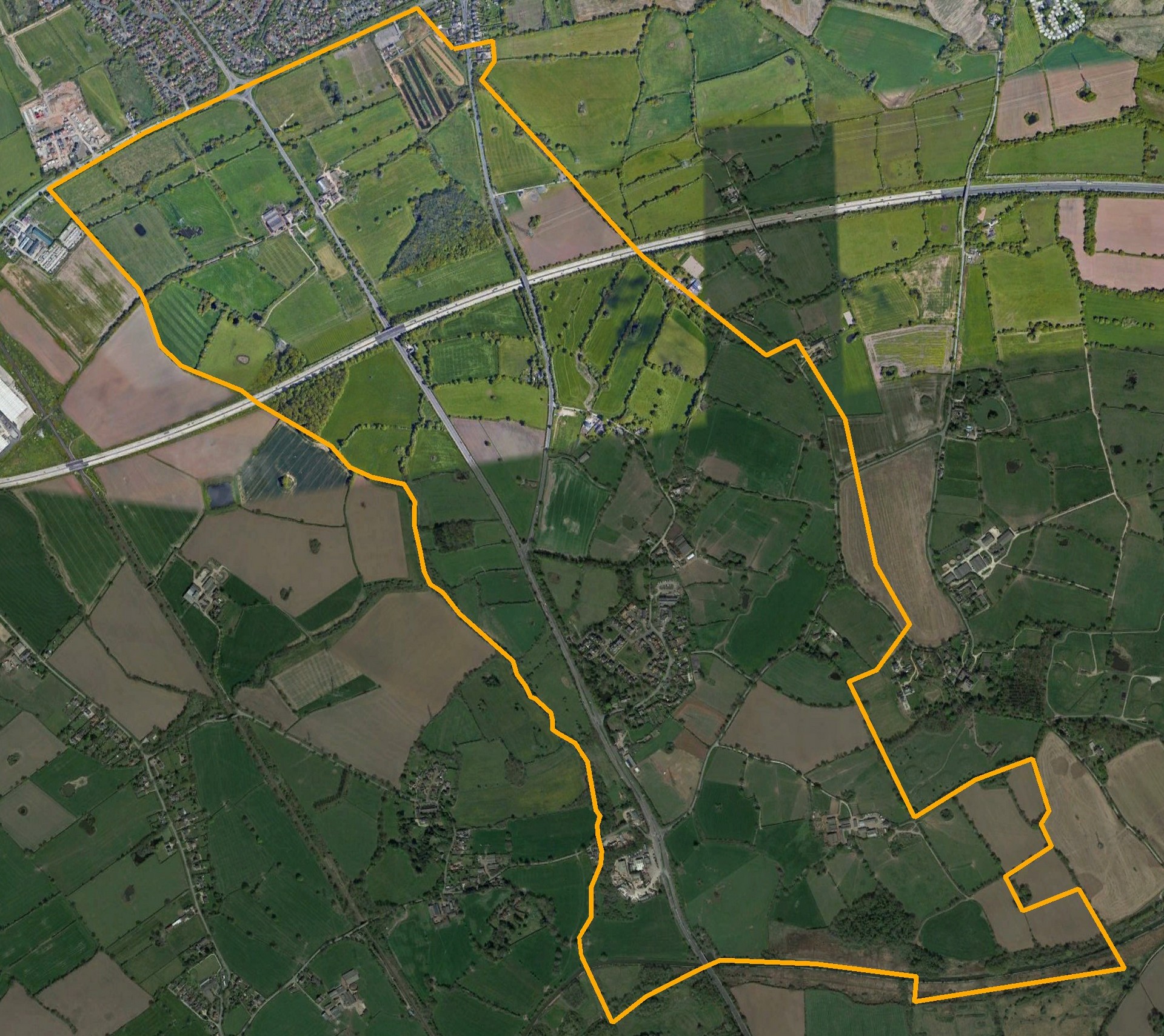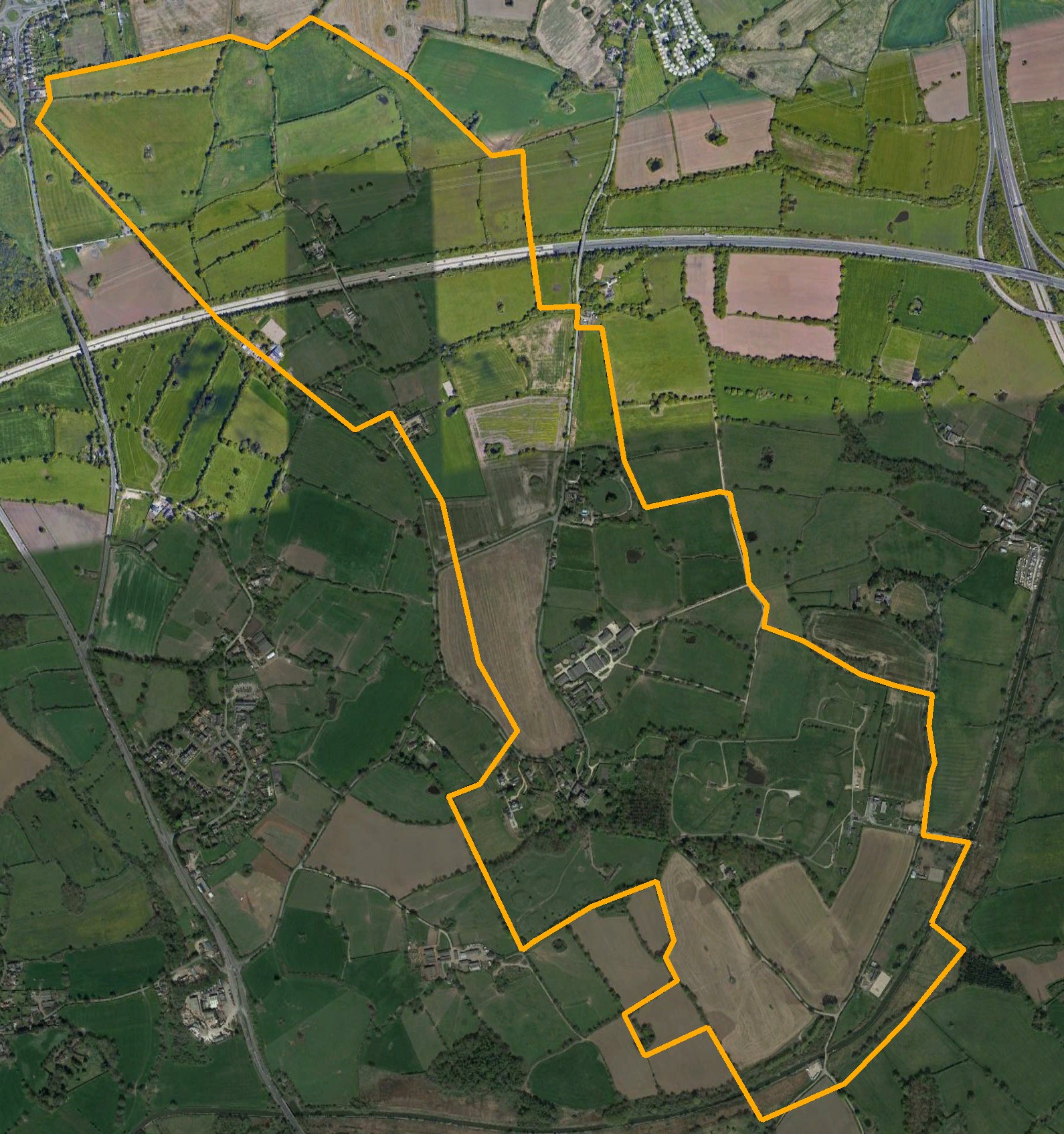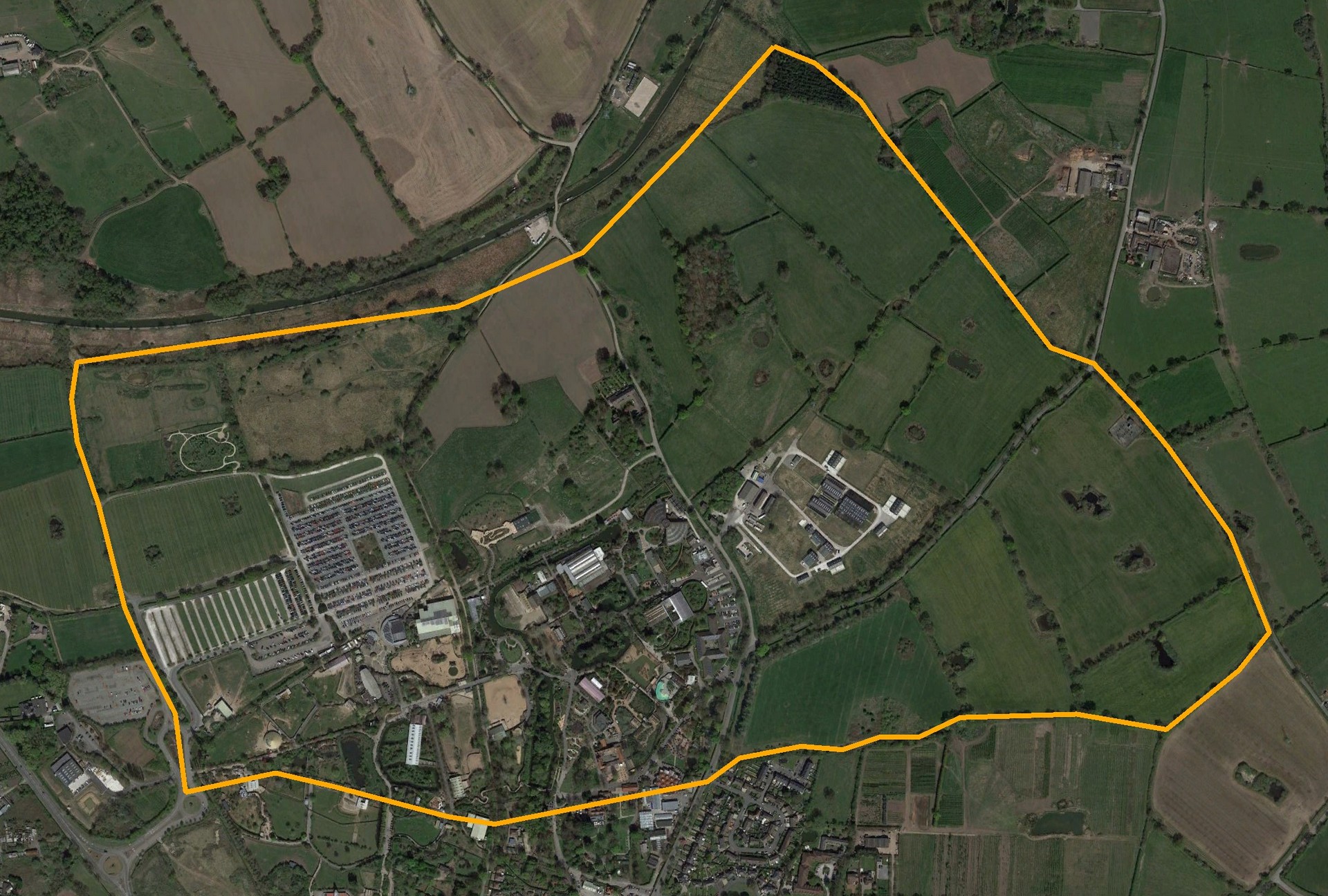
Mollington is the biggest of the parish townships. Before 1900, these were the acreages - Great Mollington 1069, Backford 764, Lea 697, Chorlton 544, Caughall 348. In 1900 Great and Little Mollington were joined for administrative purposes and together renamed Mollington, while the Crabwall Hall area was added in 1936. These two changes added an extra 204 acres to the township. Today Mollington has a population of 680 with 237 households.The two major houses, Mollington Hall and Mollington Banastre, and one just outside, Crabwall Hall, eventually succumbed to the shrinking demand for large country houses, due largely to difficulty in obtaining domestic staff.
Mollington Landmarks
This is an area of farms and open land, which includes a smithy. Parish Reminiscences recalls the residents' memories of children walking to school, playing in the fields, sailing sticks in the brook, playing in the hay in the barns, chasing rabbits with dogs, and fishing for roach in local pits and the canal. Older residents who remember these glorious days regret the recent decline in the bird population. Unfortunately, there are now few moorhens, because ponds have been filled in; few lapwings because they can't nest on the ground, and for the same reason no skylarks. Yellowhammers are no longer to be seen in the hedgerows, and swifts no longer shriek overhead.
Lea-by-Backford LandmarksBefore work took place on the River Dee in the 1700’s to improve navigation for bigger ships, the tidal waters of the river would flow as far as Backford and hence, as it was possible to cross the waters there, it became an important destination.

The township of Backford consists of 764 acres and most of the arable land is used for grazing . At the 2011 Census it had a population of 117 however the development which took place in the grounds of Backford Hall between 2014 and 2018 has added around 160 to this number.
Up until the 1920’s there were 10 working farms in Backford but following the steady rationalisation in the farming industry and the decline in dairy farming and cheese making in this part of the county there are now just four and, as mentioned, most of the land is used for grazing of cattle and sheep although there is some arable farming, predominantly maize. Those farms that are no longer working entities appear to have sold most of their land to other farming businesses and converted various outbuildings for residential use. The continuing interest in horseriding means there are a number of former farms offering stabling and livery as evidenced by the regular sight of riders on the lanes.
Backford Landmarks
Chorlton has some claim to be the quietest and most remote of the townships. Certainly, its small group of houses has always been difficult to find first time and it feels somehow more separate than other parts of the parish. Many of the memories surround the one large house, Chorlton Hall.
Chorlton by Backford Landmarks
This is the smallest of our parish townships, and the only one lying outside Wirral. After about 1600 and until recently, it consisted of two farms only, each subordinate to an owner elsewhere, and therefore without a large house or social centre. Now, however, Caughall contains part of Chester Zoo (The North of England Zoological Society), which, in order to control movement of animals after the 1967 Foot and Mouth scare, bought all land around it in Caughall
Caughall Landmarkscreated with
Joomla Page Builder .
